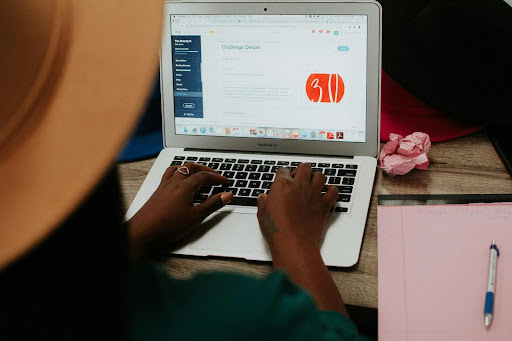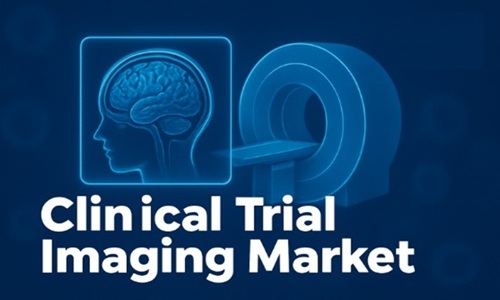
Maintaining accurate business listings is a crucial but often underestimated aspect of local SEO. Backspace Marketing, a trusted digital marketing agency based in Delaware, emphasizes the transformative role of citation management in helping businesses enhance their local search visibility. By ensuring business details are consistent across platforms, companies can build trust with both search engines and potential customers.
Why Accurate Listings Matter for Local SEO
Business listings—or citations—are mentions of a company’s name, address, and phone number (NAP) on directories, websites, and social platforms. These citations serve as digital trust signals that help search engines verify a business's credibility and relevance to local queries. When listings are accurate and consistent, they contribute positively to local search rankings, improving the likelihood of appearing prominently in location-based searches.
Conversely, errors such as mismatched addresses or outdated phone numbers can lead to customer confusion and signal unreliability to search engines. Backspace Marketing advises that for businesses operating in competitive local markets, avoiding such discrepancies is key to standing out.
The SEO Impact of Citation Accuracy
Search engines rely heavily on NAP consistency to assess whether a business is active and trustworthy. Discrepancies between platforms create doubt, potentially lowering a business’s position in local search results. Beyond visibility, accurate listings improve user experience by ensuring that customers can easily find and contact businesses without encountering outdated or conflicting information.
To maintain citation accuracy, Backspace Marketing recommends periodic audits of directories and platforms. Ensuring that key profiles, such as Google Business Profile and Yelp, are correctly claimed and managed is critical for sustained local SEO success.
Challenges in Managing Business Listings
Managing multiple business citations can be a daunting task, especially for companies with multiple locations. Common hurdles include duplicate listings, outdated data, and human errors during submission. These challenges, if left unchecked, can undermine even the most robust SEO strategies.
Backspace Marketing highlights several best practices to streamline this process:
Conduct Regular Audits: Periodically review business directories to confirm all information is up-to-date.
Leverage Tools: Use directory management tools like Moz Local or BrightLocal to automate updates while supplementing with manual checks for accuracy.
Claim and Standardize Listings: Gain control over business profiles by promptly claiming them on critical platforms. Use a standardized format for business details across all directories to maintain consistency.
By adhering to these steps, businesses can not only improve their visibility in local searches but also create a reliable digital footprint that builds trust with customers and search engines alike.
Benefits of Accurate Listings
The advantages of maintaining accurate listings go beyond technical SEO improvements. Businesses with consistent NAP data are more likely to secure a spot in the Google Map Pack, a coveted position for increasing foot traffic and driving customer engagement. Additionally, verified listings build customer confidence, as users are less likely to encounter frustrating discrepancies.
By prioritizing citation accuracy, businesses can see measurable returns, including increased visibility, improved search rankings, and enhanced customer trust. These outcomes benefit not only immediate performance but also long-term local SEO efforts.
Expertise from Backspace Marketing
Backspace Marketing has developed a reputation for helping businesses navigate the complexities of local SEO. With tailored services such as directory audits and citation management, the agency empowers companies to strengthen their presence in local searches. By addressing challenges like outdated data and duplicate listings, Backspace Marketing ensures that businesses can focus on growth while maintaining a strong online reputation.
Steps to Improve Local SEO Today
For businesses seeking to improve their local SEO performance, the path starts with accurate listings. Begin by claiming key profiles, standardizing business information across platforms, and leveraging tools to simplify the process. Regular maintenance is essential to ensure details remain consistent over time.
Backspace Marketing's insights underline the importance of taking these steps to achieve local SEO success. Accurate business listings are not just a technical necessity but a strategic advantage in a competitive digital landscape. By following proven best practices and investing in expert guidance, businesses can secure better rankings, increased visibility, and the trust of their customers.

















